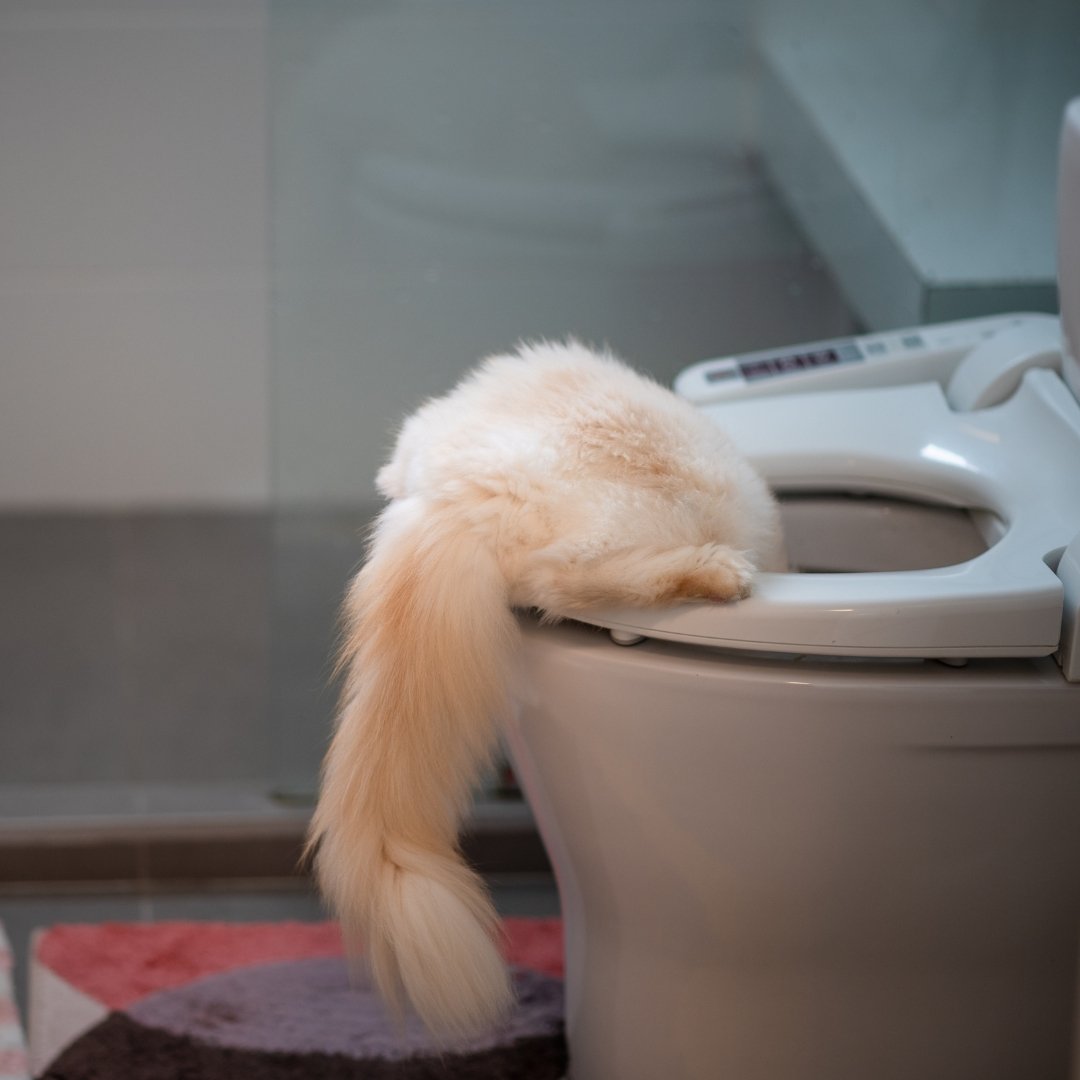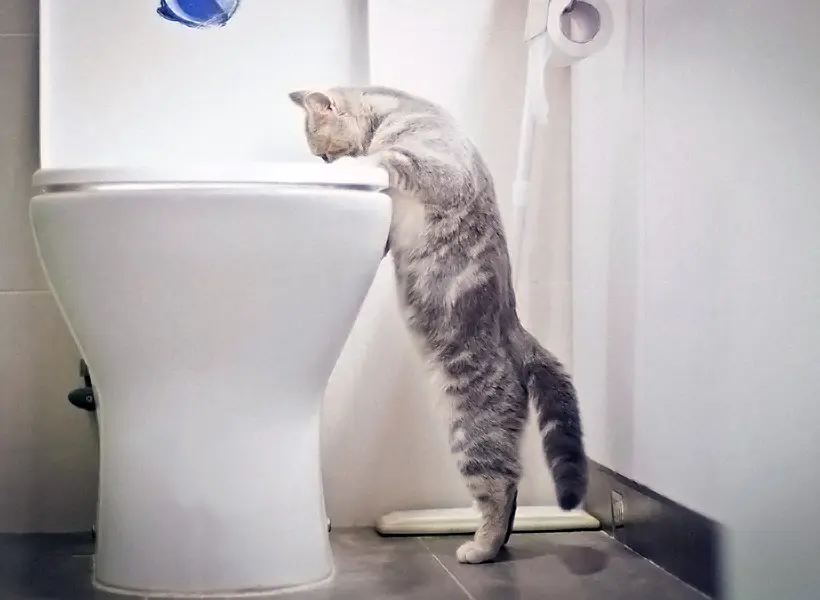What are your thoughts about Don’t flush cat feces down the toilet?

Intro
As cat owners, it's necessary to bear in mind exactly how we get rid of our feline close friends' waste. While it may seem practical to purge feline poop down the toilet, this method can have detrimental consequences for both the environment and human wellness.
Alternatives to Flushing
Thankfully, there are more secure and more accountable methods to dispose of pet cat poop. Take into consideration the complying with options:
1. Scoop and Dispose in Trash
The most usual technique of throwing away feline poop is to scoop it right into a naturally degradable bag and throw it in the garbage. Be sure to make use of a devoted clutter scoop and dispose of the waste immediately.
2. Usage Biodegradable Litter
Choose eco-friendly cat clutter made from materials such as corn or wheat. These trashes are eco-friendly and can be securely gotten rid of in the garbage.
3. Hide in the Yard
If you have a yard, think about burying feline waste in an assigned location far from veggie yards and water resources. Make sure to dig deep sufficient to avoid contamination of groundwater.
4. Set Up a Pet Waste Disposal System
Purchase an animal waste disposal system especially created for feline waste. These systems use enzymes to break down the waste, decreasing odor and environmental influence.
Health Risks
In addition to ecological issues, purging cat waste can additionally present wellness threats to human beings. Cat feces may contain Toxoplasma gondii, a bloodsucker that can cause toxoplasmosis-- a possibly severe health problem, particularly for expectant women and individuals with damaged body immune systems.
Environmental Impact
Purging pet cat poop introduces dangerous pathogens and parasites into the water, posing a significant risk to water environments. These impurities can adversely affect aquatic life and compromise water quality.
Conclusion
Responsible pet possession prolongs beyond offering food and sanctuary-- it additionally includes proper waste monitoring. By avoiding flushing pet cat poop down the bathroom and going with alternative disposal techniques, we can minimize our environmental impact and shield human health and wellness.
Why Can’t I Flush Cat Poop?
It Spreads a Parasite
Cats are frequently infected with a parasite called toxoplasma gondii. The parasite causes an infection called toxoplasmosis. It is usually harmless to cats. The parasite only uses cat poop as a host for its eggs. Otherwise, the cat’s immune system usually keeps the infection at low enough levels to maintain its own health. But it does not stop the develop of eggs. These eggs are tiny and surprisingly tough. They may survive for a year before they begin to grow. But that’s the problem.
Our wastewater system is not designed to deal with toxoplasmosis eggs. Instead, most eggs will flush from your toilet into sewers and wastewater management plants. After the sewage is treated for many other harmful things in it, it is typically released into local rivers, lakes, or oceans. Here, the toxoplasmosis eggs can find new hosts, including starfish, crabs, otters, and many other wildlife. For many, this is a significant risk to their health. Toxoplasmosis can also end up infecting water sources that are important for agriculture, which means our deer, pigs, and sheep can get infected too.
Is There Risk to Humans?
There can be a risk to human life from flushing cat poop down the toilet. If you do so, the parasites from your cat’s poop can end up in shellfish, game animals, or livestock. If this meat is then served raw or undercooked, the people who eat it can get sick.
In fact, according to the CDC, 40 million people in the United States are infected with toxoplasma gondii. They get it from exposure to infected seafood, or from some kind of cat poop contamination, like drinking from a stream that is contaminated or touching anything that has come into contact with cat poop. That includes just cleaning a cat litter box.
Most people who get infected with these parasites will not develop any symptoms. However, for pregnant women or for those with compromised immune systems, the parasite can cause severe health problems.
How to Handle Cat Poop
The best way to handle cat poop is actually to clean the box more often. The eggs that the parasite sheds will not become active until one to five days after the cat poops. That means that if you clean daily, you’re much less likely to come into direct contact with infectious eggs.
That said, always dispose of cat poop in the garbage and not down the toilet. Wash your hands before and after you clean the litter box, and bring the bag of poop right outside to your garbage bins.
https://trenchlesssolutionsusa.com/why-cant-i-flush-cat-poop/

Do you like reading up on How to Dispose of Cat Poop and Litter Without Plastic Bags? Leave a review below. We'd be delighted to listen to your ideas about this content. Hoping that you come back again in the future. Sharing is caring. Helping others is fun. We take joy in reading our article about Can You Flush Cat Poo or Litter Down the Toilet?.
Call Today